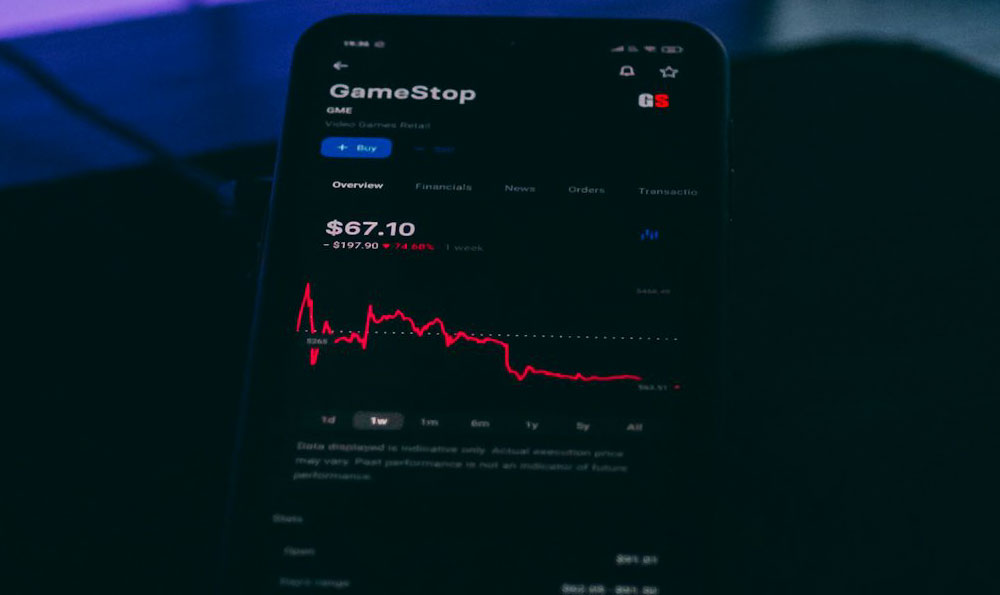Bail bonds, a concept often associated with the legal system, represent a unique intersection of finance and law that has been a topic of both intrigue and controversy for decades. At its core, a bail bond is a financial guarantee provided by a licensed agency or individual to ensure that a defendant will appear in court for their scheduled hearings. This arrangement allows the accused to be released from custody while awaiting trial, mitigating the stress and disruption of incarceration. However, the mechanisms behind how these bonds function and generate profit are far more complex than they initially appear, involving intricate layers of risk assessment, financial engineering, and regulatory oversight. The profitability of bail bond operations is not solely derived from the fees they charge, but is also influenced by the dynamics of the criminal justice system, the behavior of defendants, and broader economic factors.
The legal foundation of bail bonds is rooted in the principle of bail, which is a legal right that exists in many jurisdictions. When a person is arrested, they may be required to pay a bail amount to the court as a form of assurance that they will return for their trial. In some cases, the bail amount is set by the court, while in others, it is determined by the defendant’s bail bond agent. The key distinction lies in the fact that bail bonds are not a direct monetary transaction with the court but rather a financial intermediary system. This process involves the bail bond agent acting as a facilitator who pays the full bail amount to the court in exchange for a portion of the total sum. Typically, this percentage ranges between 10% and 25%, depending on the jurisdiction, defendant's flight risk, and the nature of the crime. The agent then collects this fee from the defendant or their family, thereby generating a profit from the initial transaction. Additionally, if the defendant fails to appear in court, the agent may bear the financial burden of repaying the court, which can create a potential for loss. However, the inherent risk is balanced by the agent’s ability to assess the likelihood of the defendant’s return and negotiate appropriate fees.
The profitability of bail bond operations is also tied to the insurance model they employ. Many bail bond agents collaborate with insurance companies that provide coverage against the risk of bail jumping. In this arrangement, the agent pays the insurance company a premium for the assurance that the court will be compensated if the defendant fails to appear. The insurance company, in turn, evaluates the risk based on factors such as the defendant’s criminal history, employment status, and personal ties to the community. This insurance model diversifies the agent’s risk exposure and allows them to operate more efficiently, as the financial burden of lost bail is partially transferred to the insurer. The fees collected by the agent, combined with the premiums paid to the insurance provider, form a critical revenue stream. However, this system also introduces complexity, as the agent must maintain a delicate balance between charging too much to maximize profit and risking the loss of business due to unaffordable rates.

Another layer of revenue generation for bail bond businesses comes from the broader criminal justice system’s interactions. In some cases, the agents work directly with law enforcement agencies, which may provide additional incentives or information that aids in managing risk. For example, police departments might share details about defendants who are more likely to flee, allowing agents to price their services more accurately. This collaboration can create a symbiotic relationship where both parties benefit: the agent gains a competitive edge in risk assessment, while the police receive a financial incentive to provide updates on defendants’ whereabouts. Moreover, the bail bond industry may also capitalize on the emotional and financial desperation of families of arrested individuals, offering services that provide a sense of security and control during a chaotic time. This psychological aspect can drive demand for their services, even in the face of rising fees or alternative options.
The industry’s sustainability is further influenced by the judicial system’s policies and the prevalence of bail hearings. In some jurisdictions, the use of cash bail has been restricted or eliminated, prompting a shift towards alternative forms of bail, such as personal recognizance or property bonds. This change can impact the profitability of traditional bail bond agencies, as they may need to adapt their business models to remain relevant. Conversely, in regions where cash bail is still widely used, the demand for bail bonds remains robust, creating a lucrative but volatile market. The ability of agents to navigate these evolving legal landscapes and adjust their strategies accordingly is crucial to their long-term success.
Beyond the immediate financial transactions, the bail bond industry also operates within a broader network of legal and financial services. Agents often assist with other aspects of the legal process, such as navigating court procedures, coordinating with lawyers, or even managing the release of the defendant. These ancillary services can generate additional revenue streams, particularly in cases where the defendant needs ongoing support. Moreover, the industry has faced significant scrutiny in recent years due to concerns about its role in perpetuating systemic inequalities. Critics argue that high bail fees disproportionately affect low-income individuals, effectively making their ability to pay a determinant of their freedom. This ethical dimension adds another layer of complexity to the industry, as agents must navigate both profit motives and societal responsibilities.
In conclusion, the functioning and profitability of bail bond operations are shaped by a combination of legal mechanisms, financial strategies, and risk management practices. While the direct revenue comes from the fees and insurance premiums, the industry’s viability is also influenced by the legal system, societal dynamics, and the behavior of all stakeholders involved. As the field continues to evolve, understanding these intricacies becomes essential for anyone seeking to grasp its full scope or consider its potential as an investment opportunity.












